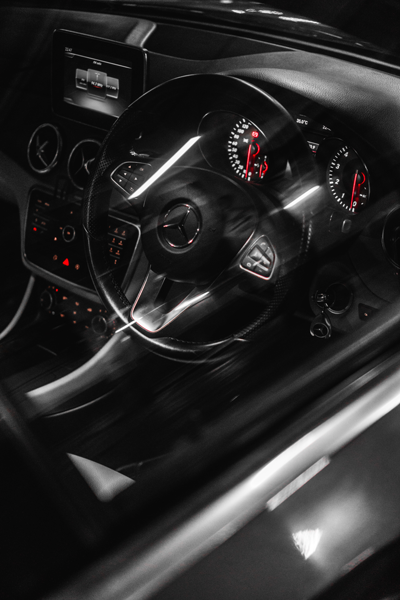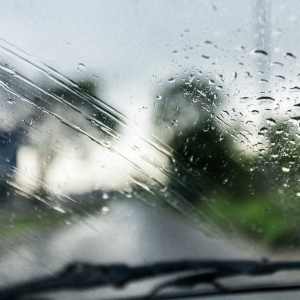Tint VLT vs Tint Darkness is an important comparison when understanding the science behind car window tinting. You may already have a good understanding of the many types of tint films, benefits of car window tinting, and when it can be used — but now it’s time to get into the nitty-gritty. The amount of visible light that passes through the glass of your car window is regarded as visible light transmission (VLT), which is similar to the level of darkness in your film but differs in several key ways.
Example of Visible Light Transmission (VLT)
For example, a 70% Visible Light Transmission tint allows 70% of sunlight to pass through your windows — meaning only 30% is blocked. The darker the film, the less light can get through, and more light is reflected off your window. The Visible Light Transmission percentage also determines how much UV and heat protection, security, and glare reduction you’ll receive.
In short, VLT describes how much light is let through, while tint darkness describes how much isn’t. Regardless of the VLT level you choose, you’ll still benefit from all the key advantages of using high-quality car tint film.

What Is Visible Light Reflection (VLR)?
VLR is the opposite of visible light transmission. The intensity of solar energy reflected off the window tinting glass and away from the inside of your car is defined to it as VLR. Because the sun provides solar energy in the form of visible light, it interacts with the car window tinting of your car and either passes through (transmittance) or bounced (reflection).
Transparent glass absorbs little to no visible light, whereas dark windows absorb more light depending on the percentage of the window. When you use a film with a high Visible Light Reflection, it means most of the light won’t pass through, but non-tinted glass has a low VLR.
In opposition to Visible Light Transmission, where a higher percentage indicates that more light is passing through, a higher percentage indicates that less light is passing through. You also can measure just how visible light is reflected. VLR is to luminous efficiency, and that is a relationship between visible light and solar heat transmission (LE). In compared to solar heat, luminous efficiency helps define how much energy is in visible light. To calculate the LE of your tint, can use calculation following.





